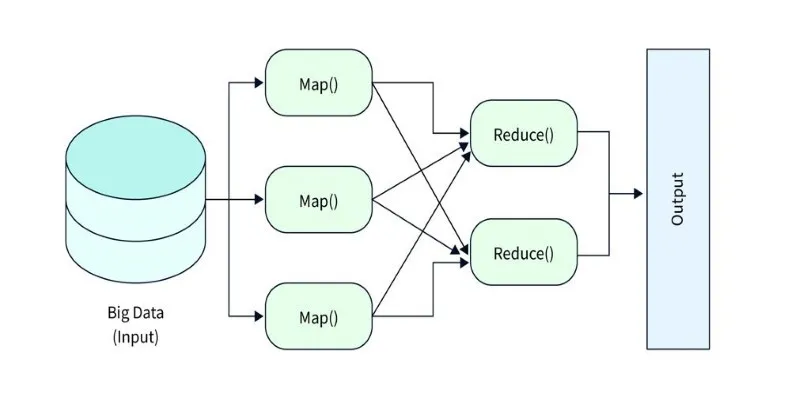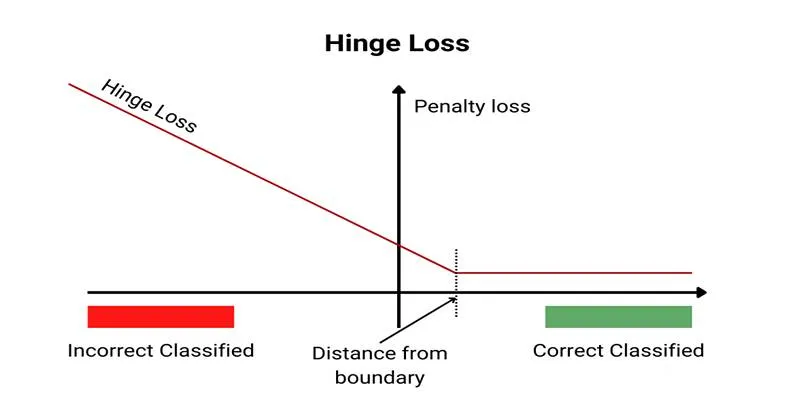Deep learning models require a large amount of data for training. However, obtaining real data can often be difficult or restricted due to privacy concerns or high costs. This is where synthetic data becomes a clever and practical solution. Generated through tools, simulations, or algorithms, synthetic data mimics real data, allowing you to efficiently train, test, and improve machine learning models.
Synthetic data saves time, money, and effort, making it an excellent resource for professionals in artificial intelligence, students, and beginners alike. It allows you to explore concepts that might not be supported by real-world evidence. In this guide, we’ll walk through the process of creating synthetic data step by step, providing you with powerful techniques to kickstart your deep learning journey today.
What Is Synthetic Data?
Synthetic data is generated through simulations and computer algorithms, not by real people, sensors, or devices. The goal is to safely replicate real- world data patterns and behaviors. This data can take the form of text, images, videos, or numerical values for analysis. Synthetic data is particularly useful when genuine data is difficult to collect or when privacy issues prevent the use of real data.
For instance, in the healthcare industry, patient information is confidential and sensitive. Synthetic data offers a secure way to train models without sharing actual data. It is also straightforward to label, as it is created with existing tags, making it ideal for machine learning, especially supervised learning tasks. This saves time and money by eliminating the need for human labeling.

Why Use Synthetic Data for Deep Learning?
Deep learning models need ample data to perform effectively, but obtaining real data can be both costly and challenging. Many fields struggle with a scarcity of real data, and privacy concerns add another layer of complexity, given that genuine data may contain sensitive information. The process of collecting and labeling real data is often expensive and time-consuming.
Synthetic data addresses these issues by allowing you to generate as much data as needed, with control over its balance and quality. This helps reduce model bias. If your model requires rare events, synthetic data enables easy replication of such scenarios. It also allows for testing models under various conditions. By bridging data gaps, synthetic data enhances accuracy and strengthens your deep learning model.

Steps to Create Synthetic Data
Let’s delve into the steps required for creating synthetic data. Follow these simple guidelines:
Define Your Goal
Begin by clearly defining your objective. How will the synthetic data be used in your project? Are you analyzing customer behavior, testing software, or training a model? Understanding your purpose helps in planning and dictates the type, structure, and quality of data needed.
Choose a Data Type
Select the appropriate data type for your project. Do you need images, text, audio, video, or tabular data? Each data type serves a specific purpose and entails different tools. For example, generating images often involves GANs, while text data may require linguistic models. Choosing the right type ensures you make the most of the best tools for producing valuable synthetic data.
Pick a Tool or Method
You can produce synthetic data using various methods. Some commonly used techniques include:
- Rule-based Systems: Ideal for generating simple, structured datasets by applying specific rules or logic.
- Simulation Models: These models simulate real-world systems, such as traffic, weather, or manufacturing processes, to create data based on actual behavior.
- GANs (Generative Adversarial Networks): Perfect for creating visual content, GANs are deep learning models that generate highly realistic images, faces, or complex patterns by learning from real data.
- Variational Autoencoders (VAEs): VAEs use deep learning to produce new image or text samples by learning from data distributions, enabling realistic synthetic data.
- Data Augmentation: This technique generates new training samples by slightly modifying real-world data, such as rotating, flipping, or adding noise, to improve model resilience.
Set Parameters and Features
Determine the attributes your synthetic data should have. These elements must align with your model’s input format. For tabular data, define categories, value ranges, and distributions. For image data, select colors, shapes, and background patterns. For text data, choose tone, topics, language, and phrasing.
Generate the Data
Use your chosen tool or script to generate the synthetic data. Depending on the data’s nature and scale, this process can take from seconds to several hours. For example, generating 10,000 synthetic images on a decent machine could take several minutes. Ensure the results resemble actual samples and maintain quality throughout the generation process. Consistent tools yield better outcomes.
Validate and Clean the Data
After generating the data, carefully assess its quality. Ensure it adheres to reasonable standards or patterns. Use graphs, comparisons, or statistics to identify errors or anomalies. Remove broken, odd, or unusable samples from the dataset. Clean data facilitates effective and straightforward training. Organize it into appropriate formats like JPG, MP4, or CSV. Well-labeled, error-free data enhances model performance.
Use It for Training
Now that you have clean synthetic data, use it to train your deep learning model, ensuring it aligns with your model’s input requirements. If necessary, combine it with real data to improve performance and balance the dataset. A combined approach often yields better results than relying solely on synthetic or real data. Train, test, and fine-tune your model using this new dataset. Monitor performance and retrain if needed. Synthetic data increases accuracy and fills data gaps.
Conclusion:
Synthetic data is a powerful tool for overcoming the challenges associated with real data. It’s especially useful when data is scarce, expensive, or sensitive. Techniques like GANs, VAEs, and data augmentation enable the creation of high-quality deep learning datasets. This approach saves time and money, improves model accuracy, and supports development. Regardless of your experience level, synthetic data offers new opportunities to enhance model performance. With proper validation and tool utilization, synthetic data becomes a crucial resource in deep learning, facilitating the training of effective models in a secure and cost-effective manner.
 zfn9
zfn9























